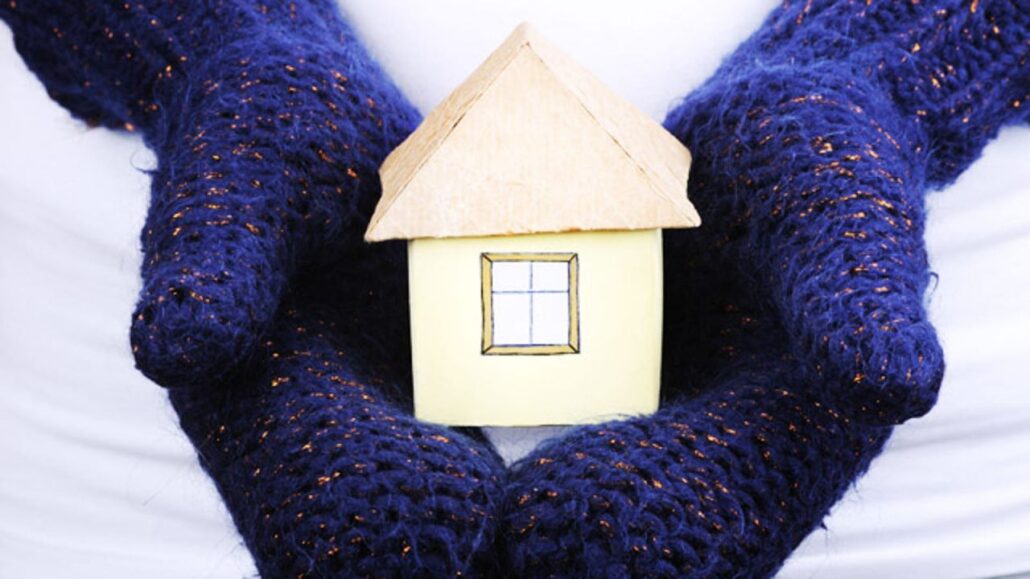by Debora Hoffman, Passive House Network
Imagine if the very building you live in could help you meet your sustainability goals. The building would have low carbon emissions. The cost to heat or cool it would be negligible. And you could shelter in place in it during a power outage. Sounds like an ideal building, right? This ideal building already exists. It’s a Passive House building.

But what is Passive House? Passive House is the world’s most rigorous energy efficiency building standard. It is the only standard that forcefully addresses the climate emergency by radically cutting carbon emissions, while producing comfortable, healthy and resilient buildings.
Passive House design is based on 5 principles:
- Principle #1 is right sized continuous insulation. Insulation thickness in Passive House is climate specific – like a climate-rated sleeping bag – and it’s enough to make the indoors comfortable in extreme temperatures. Many Passive House buildings turn their heat on for only a few days in the winter.
- Principle #2 is an airtight enclosure. An airtight enclosure keeps cold air outside in the winter and warm and humid air outside in the summer, while protecting occupants from pollutants like smog, smoke and allergens, and preventing drafts.
- Principle #3 is thermal bridge free construction.Typical buildings have breaks in the insulation, called thermal bridges – these occur at balconies, window frames or intersections of walls and roofs – and large amounts of heat can escape through these breaks. Passive House design eliminates these breaks.
- Principle #4 is high performance windows and doors with solar shading. Windows and doors are huge holes in the enclosure that undermine performance, so in a Passive House they are key elements in keeping the building airtight and temperatures comfortable. Passive House windows are often triple-glazed and can be optimized to benefit from solar gains in winter, while minimizing heat gains in the summer..Passive House also uses solar shading to minimize air conditioning in summer.
- Principle #5 is fresh air ventilation with efficient heat recovery. Yes, you can open the windows in a Passive House building. But opening windows is often not helpful when it’s too hot or cold outside. All buildings have mechanical ventilation – Passive House ventilation is just much more robust providing 100% filtered and clean fresh air 24/7, with a passive heat exchange element that allows heat and energy from the outgoing air to move to the incoming air. This means that on a cold winter day, the fresh air supply, without any added heat, enters the room within just a few degrees of the room temperature.
Go Passive House!
- Use Passive House design for renovations or additions, even just adding Passive House windows can help
- Use Passive House design for your community’s new school or development
- Adopt Passive House for your community’s sustainability goals
- Use Passive House if you’re building a new house
- Require Passive House certification for hiring building professionals
For a deeper introduction to Passive House, watch our free video.
About The Passive House Network:
The Passive House Network (PHN) is an independent national nonprofit educational and community building organization affiliated with the International Passive House Association and the Passive House Institute. PHN has six regional chapters, including a chapter in New York, called Passive House Empire State.
PHN supports the widespread adoption of the international Passive House design and construction standards as a critical response to our climate crisis. We partner with leading stakeholders across all building sectors, including governments, professional associations, manufacturers, owners, builders, labor organizations, and educational institutions.

Love this succinct and compelling description of the Passive House as an option for sustainability. Thank you!